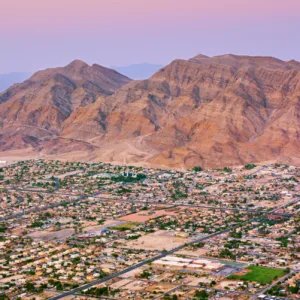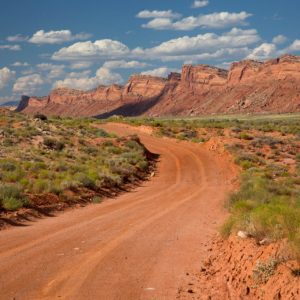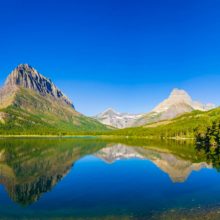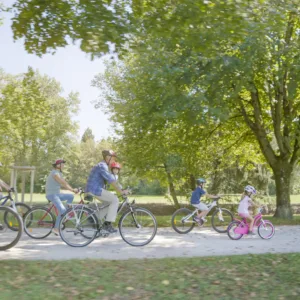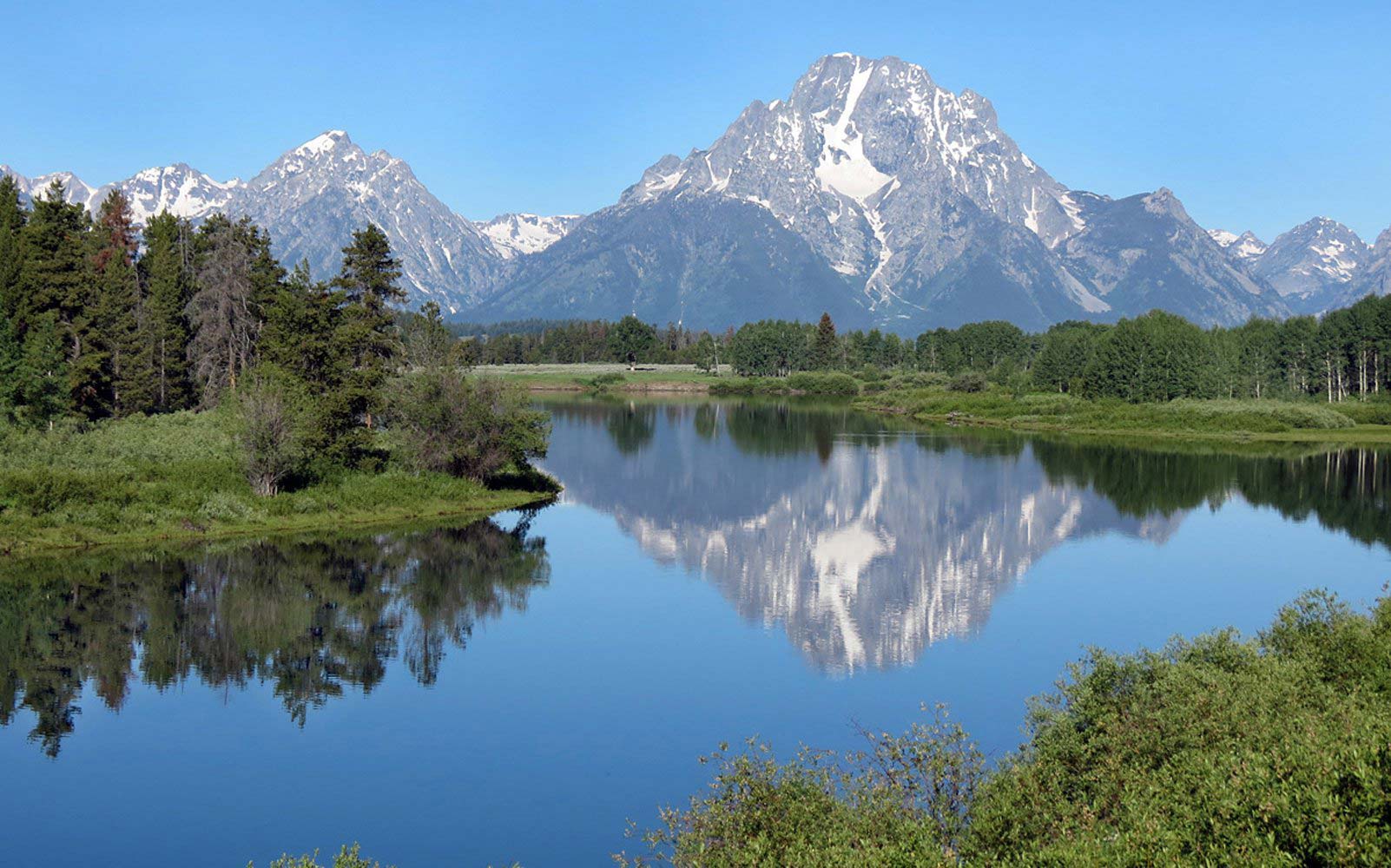
National public lands are vital to local economies

For more than 150 years, America’s national public lands have been a valuable economic and social asset—providing minerals, timber, grazing land, clean water, wildlife habitat, and cultural connections. But in the past few decades public lands have been recognized for another benefit: their significant contributions to job opportunities and economic growth. Without continued protection and investment in public lands, local economies will suffer.
Public lands are essential to local economies
Federal public lands—national parks, forests, grasslands, and monuments—offer diverse and additive benefits for local economies.
This is reflected by a decades-long upward trend in visits to National Parks, which has contributed billions of dollars to local economies and supported hundreds of thousands of jobs. In fact, federal public lands of all types – including U.S. Forest Service and BLM lands, which make up 70 percent of public land in the United States – contribute to the availability of jobs and income.
- Visits to national forests and grasslands in 2021 resulted in $11 billion in spending and sustained more than 160,000 jobs.
- Recreation on BLM lands in 2021 supported another $11 billion in economic output and 76,000 jobs.
- Spending by national park visitors in 2023 totaled $26.4 billion, supporting 415,400 jobs.
Research also shows that national monuments, which offer recreation, cultural, and historical education opportunities, also stimulate the economy in nearby communities. For example, a Headwaters Economics study of 17 new or expanded national monuments found that in every case, county economies grew at similar or faster rates than those of surrounding counties. A similar study that tracked economic activity following 14 monument designations found that the number of amenity-based businesses and jobs increased near national monuments.

Public lands drive growth in local economies, populations, and earning potential
The economic value of public lands and outdoor recreation goes beyond the direct spending of visitors. In recent decades, job opportunities for local residents have expanded dramatically because of public amenities such as national parks, forests, and trail networks. Public lands have been shown to attract high-tech and high-wage service industries. Forestry workers, ski lift operators, and lifeguards have been joined by outdoor recreation gear manufacturers, technology developers, and entrepreneurs looking to support new businesses.
The economic benefits are wide ranging—across the country, communities near public lands have consistently higher population and employment growth. Rural communities with outdoor recreation opportunities experienced 36% faster growth in earnings per job than rural communities without outdoor recreation opportunities. Access to public lands has helped communities diversify their economies, mitigating the market and employment fluctuations characteristic of mining, timber, oil and gas development, and related natural resource industries.
The growth of outdoor recreation, currently one of America’s fastest-growing sectors, is closely linked with the continued protection of federal public lands. In 2023, the outdoor recreation sector contributed $640 billion to America’s GDP, far outpacing many other industries. Outdoor recreation is now three times larger than air transportation or auto manufacturing. It is twice as large as agriculture, and even larger than oil and gas development.
Of course, economic growth can have downsides, but many communities have found ways to address the rising housing costs and infrastructure demands that frequently accompany rapid population growth and overcrowding during peak visitation. For example, many communities are starting to tackle these problems with proactive planning and creative revenue solutions that include offering housing incentives for local workers, exploring new municipal budgeting models, or diverting tourism taxes to projects that offer direct community benefits.
Communities are doubling down on public land and access investments
Thousands of city and county governments already recognize the economic value of nearby public lands and are increasingly leveraging them as an economic development strategy. This can be seen across the West. For instance:

In Farmington, New Mexico leaders passed a 0.25% sales tax to fund economic diversification in the form of outdoor recreation-related business recruitment, bike and pedestrian infrastructure, and signage promoting area offerings. In many cases trails pass right by oil and gas infrastructure, coexisting with another driver of the local economy.
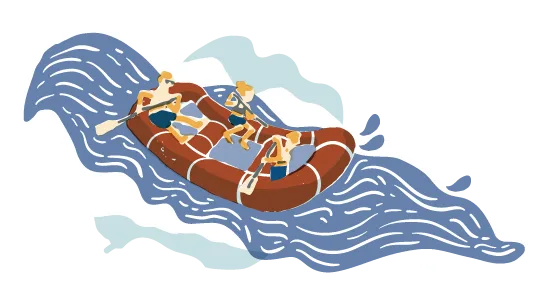
In Carbon County, Utah local officials are developing strategies to improve tourism infrastructure that helps communities attract visitors and recruit new businesses based on quality of life.

In Whitefish, Montana, residents voted to use tourism taxes paid by visitors to support affordable housing for local workers. The effort aims to maintain a diverse local workforce, drive small business prosperity, and create community cohesion.
Public land policy should reflect levels of public support
America’s public lands enjoy wide public support. For example, nine in ten Westerners have accessed national public lands in the past year. Recent polling shows this support is rooted in a long tradition of protecting and conserving public lands. That support is translating into better local jobs, wages, and lifestyles more than ever.
Sustaining this growth will depend on the continued preservation of ecological, cultural, and recreation opportunities. It will also require that agencies responsible for managing public lands have the resources and data they need to make decisions in a landscape of quickly changing public priorities.
Public lands have long defined how we live and play, and now they have become part of how we work. Enhancing public land access, preserving its value as intact ecosystems, and minimizing privatization will be crucial in building a foundation for lasting prosperity.



